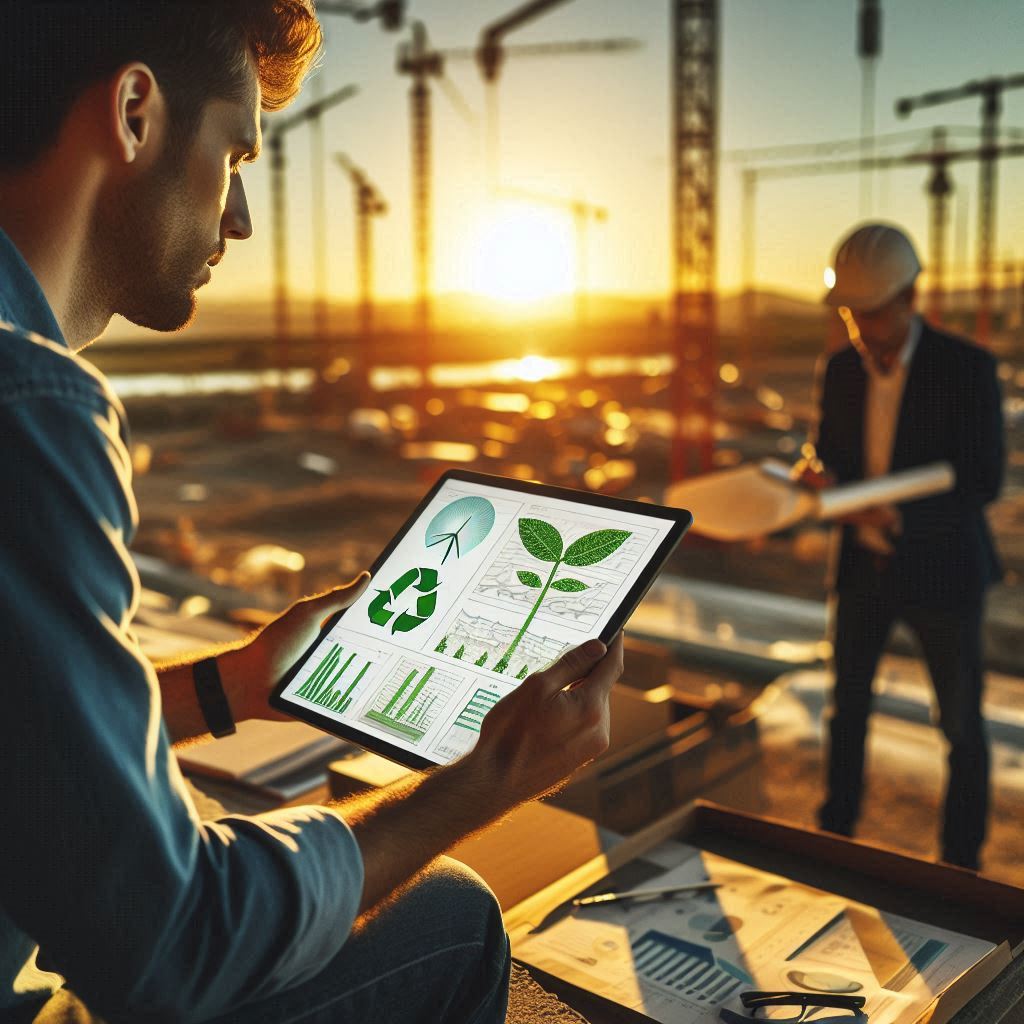In the modern era of construction, sustainability isn’t just a buzzword, it’s a necessary approach to building. The shift toward green construction is driven not only by environmental awareness but also by substantial financial incentives. Green building tax incentives are a crucial tool in promoting eco-friendly building practices. This comprehensive guide will walk you through how to qualify for these incentives, focusing on essential processes like the LEED certification process, meeting Energy Star requirements, and the incorporation of green technology in construction.
Introduction to Green Building Tax Incentives

Green building tax incentives are financial benefits offered by governments to encourage the construction or renovation of buildings using sustainable practices. These incentives can dramatically lower the costs associated with environmentally friendly construction projects by offering tax credits, deductions, and rebates.
Types of Green Building Incentives
These incentives vary widely depending on the jurisdiction but generally focus on promoting energy efficiency, reducing water consumption, and utilizing renewable energy sources. They are available for residential, commercial, and industrial projects that meet specific environmental criteria.
Step 1: Research Available Incentives
The first step in qualifying for green building tax incentives is to understand what’s available. This involves researching federal, state, and local incentives that you can apply to your project.
– Federal Incentives: The U.S. federal government offers various incentives, primarily through tax credits and rebates for energy-efficient home improvements and renewable energy installations. More information can be found on the IRS website detailing specific federal tax credits.
– State and Local Incentives: Incentives at the state and local levels can be more diverse and can often be stacked with federal incentives. The Database for State Incentives for Renewables & Efficiency [DSIRE] provides a comprehensive listing of incentives by state.
Step 2: Pursue LEED Certification
Leadership in Energy and Environmental Design (LEED) is an internationally recognized green building certification system. Obtaining LEED certification can significantly enhance your eligibility for various tax incentives and increase the property’s value.
The LEED Certification Process
- Registration: Start by registering your project with the U.S. Green Building Council ([USGBC].
- Compliance with Prerequisites: Each project type has specific prerequisites that must be met before it can earn LEED points.
- Accumulate Points: Points are awarded based on environmental impact in several categories, including energy efficiency and material selection.
- Achieve Certification: The total points determine the certification level: Certified, Silver, Gold, or Platinum.
Step 3: Meet Energy Star Requirements
Energy Star is a U.S. Environmental Protection Agency (EPA) program that helps businesses and individuals save money and protect our climate through superior energy efficiency. Buildings that achieve Energy Star certification use less energy, are less expensive to operate, and cause fewer greenhouse gas emissions than their peers.
Energy Star Certification Process
– Design Phase: Integrate Energy Star approved technologies and practices from the beginning of the design process.
– Verification: Have the building’s energy performance verified by a certified third-party to ensure it meets the EPA’s strict criteria. More details can be found on the Energy Star website.
Step 4: Adopt Green Technologies in Construction

Incorporating advanced green technologies is not only beneficial for the environment but also crucial for securing more substantial tax incentives.
Key Green Technologies
– Solar Energy Systems: These systems can qualify you for additional tax credits while reducing long-term energy costs.
– Green Roofs: Besides improving building insulation, green roofs can qualify for local incentives, such as those in cities like Toronto or Chicago, where initiatives support their installation.
– High-Efficiency HVAC Systems: These are vital for achieving higher LEED and Energy Star ratings and can lead to direct savings in energy costs.
Step 5: Maintain Detailed Records
Proper documentation is essential to qualify for any tax incentive. Record-keeping should include:
– Compliance Records: Documentation of how the project meets various certification standards like LEED or Energy Star.
– Financial Records: Detailed accounts of all expenditures related to green technologies and construction practices.
Conclusion
Navigating the path to qualifying for green building tax incentives requires careful planning, a commitment to sustainable practices, and thorough documentation. By understanding and leveraging the LEED certification process, adhering to Energy Star requirements, and integrating cutting-edge green technologies, property owners can enjoy financial benefits while contributing to a more sustainable future.
Embracing these sustainable practices will not only benefit the environment but also enhance the economic viability of the construction industry. As more builders and developers adopt these practices, we can expect a significant transformation in how buildings are designed, constructed, and operated. For further exploration of sustainable building practices, consider consulting with a green building professional and continue to engage with updated resources and community forums dedicated to sustainable development.
VertPro.com serves as a resourceful platform for property owners and managers seeking to enhance their buildings’ energy efficiency. The site offers a range of services, including Commercial Energy Audits, Benchmark Compliance consultancy, and a Construction Marketplace. At the heart of VertPro® is a suite of SaaS technology-based solutions designed to assist in navigating the complexities of Energy Benchmarking and Energy Audits/RCx Plus, while ensuring adherence to over 60 Energy Benchmarking and Energy Efficiency Laws across the country.
For those looking to improve their property’s energy usage and operational value, VertPro.com provides a diverse array of tools and information. The site aims to facilitate a better understanding of energy efficiency practices and legislation, helping building owners and property managers make informed decisions about their energy strategies while complying with all energy ordinances and laws.

